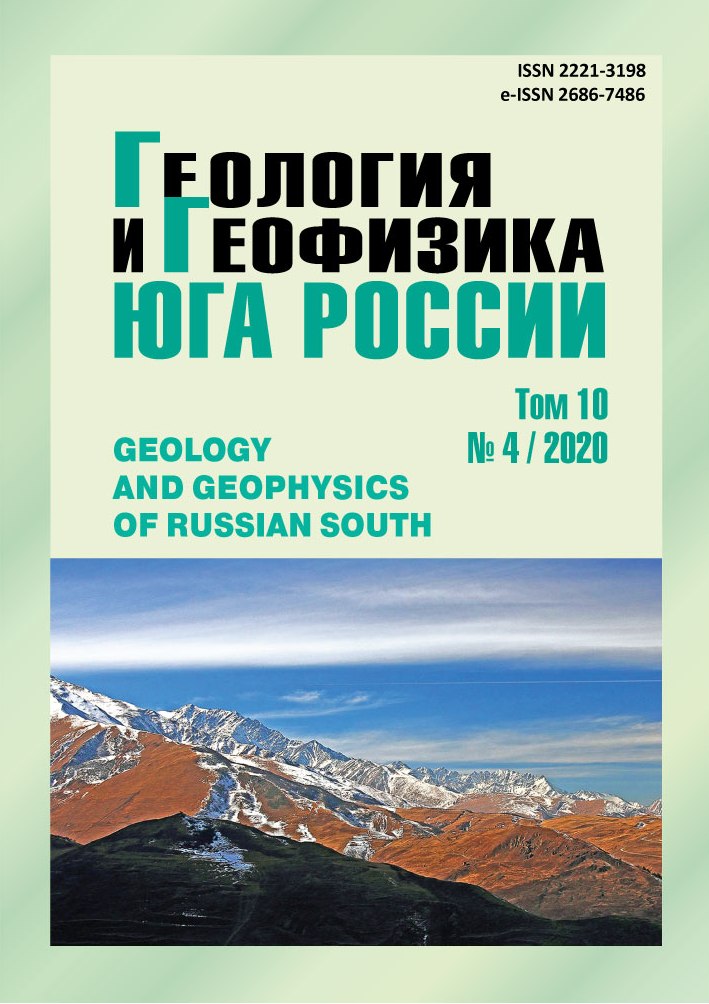Redefinition of Earthquake Hypocenters by the Double Difference Method
Abstract
Relevance. In the last decade, significant advances have been made in the theory and application of seismic tomography. These include refinements in model parameterization, 3D ray tracing, an inversion algorithm, sharing local, regional, and teleseismic data, and adding transformed and reflected waves to tomographic inversion. Explorations have shown that with the help of seismotomography it is possible to obtain reliable data on the deep structure of the Earth, its thickness, the mutual arrangement of layers, as well as tectonic structures identified in the earth’s crust. Due to a significant increase in the number of seismic stations in the Republican Seismic Survey Center and equipping them with modern instruments of the MacOs system (made by “Kinemetrics”), it was possible to obtain a large volume of observed seismic material and solve rather complex methodological issues, which is relevant today. The aim of this article is to redefine the data of the hypocenters of earthquakes that occurred on the territory of Azerbaijan for the period 2010-2019 (ml>2.0) and calculate the velocity model of the earth’s crust using algorithms that are not included in the mandatory processing when compiling a catalog of seismic events. The catalog data were taken from the “Bureau of Earthquake Research” of the Republican Seismic Survey Centerof Azerbaijan National Academy of Sciences. Research methods. Within the framework of present work, using the double difference method, we redefined the location of seismic events, showing that the obtained positions of the epicenters are lined up in systems of linear chainsalong the main and feathering faults, which is consistent with the relief and geological concepts. Results. Comparing the values of the velocities with the values of the one-dimensional velocity model, it was found that at depths of 5-10 km, there is good convergence in the regions of the Greater Caucasus. The middle Kura depression is mainly characterized by low velocities compared to the one-dimensional velocity model. At a depth of 15 km, the eastern part of the Middle Kura depression is characterized by good convergence, but in the western part high velocities are noted. The maximum convergence of velocities was noted at a depth of 35 km.


